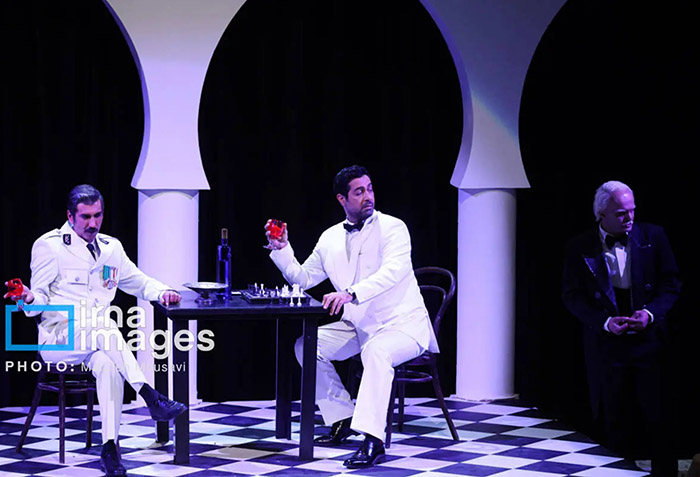Michael Curtiz, a Hungarian émigré known for his versatility, directed Casablanca with a fluid, expressive style that blended German Expressionist influences with classical Hollywood composition. His mastery of lighting and camera movement created a visual world that conveyed both the glamour of Casablanca’s nightlife and the shadows of its political undercurrents. The use of chiaroscuro lighting heightened the sense of moral ambiguity that pervades the narrative, while Curtiz’s attention to framing and spatial arrangement reinforced Rick’s isolation and emotional turmoil.
The production itself was marked by a combination of precision and improvisation. Humphrey Bogart, who had previously been typecast as a tough gangster, was venturing into his first major romantic role. Ingrid Bergman, by contrast, was already a rising star known for her luminous presence and naturalistic acting style. The chemistry between Bogart and Bergman was palpable, even though the two actors reportedly maintained a professional distance off-set. Their dynamic mirrored the tension of their on-screen relationship—one built on love, betrayal, and impossible choices.
Dooley Wilson’s performance as Sam, the club’s pianist and Rick’s loyal friend, added warmth and depth to the film’s emotional landscape. His rendition of “As Time Goes By” became the film’s musical and thematic anchor, symbolizing the persistence of memory and love amid the chaos of war. Interestingly, the song was not originally composed for Casablanca; it was written in 1931 by Herman Hupfeld and nearly cut from the film before production began. However, Bergman had already cut her hair for another role, making reshoots impossible, and the song stayed—becoming one of the most iconic pieces in cinematic history.

